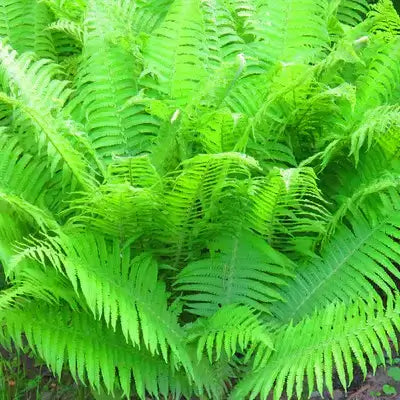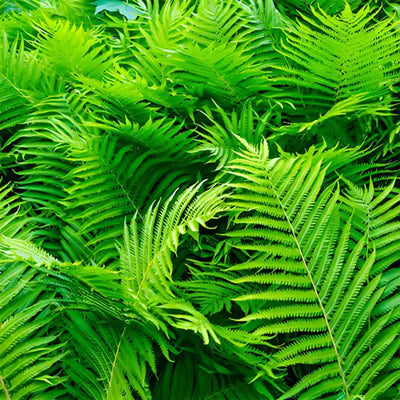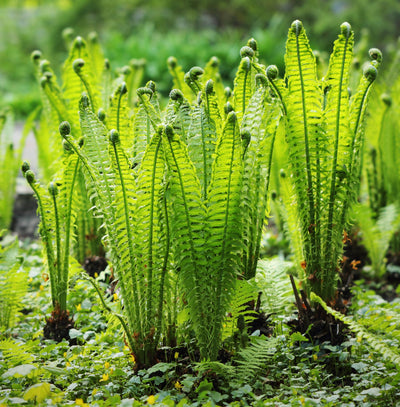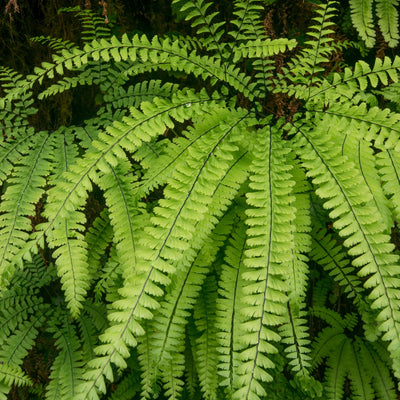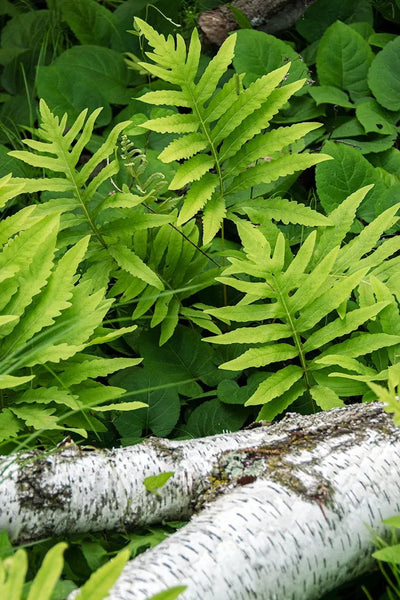Ferns are among the oldest and the most varied plants, boasting more than 10,500 species! They are perennials that are hardy and thrive in shaded areas outside.
Seven Must-Have Ferns
Bracken Fern
The majority of ferns do not reproduce and multiply using fruits or seeds. They produce with the help of spores or sexual cells. The ferns with the largest populations use spores, whereas smaller ones use sex cells. The Bracken is one of them. It reproduces twice per year using the spores. The Bracken fern does not produce flowers in any form.
Wood Fern
Wood is a semi-evergreen perennial that keeps its foliage throughout the year. However, some leaves might become dormant on the coldest days. The species is a favorite in New England's northernmost part to the mid-south and western United States. It requires minimal care after it is planted in a shaded spot. It can survive dry spells if you maintain it well-hydrated during hot periods.
It thrives in shady areas but can tolerate the sun. The species is attractive when paired with native species. It's easy to cultivate and doesn't spread like other ferns. It is ideal for anyone who wants to add color without dividing plants yearly.
The wood fern favors moist and shaded areas that receive little or no sunlight. These beautiful, semi-evergreen branches remain green and show evidence of life during the long winter months. If there isn't much shade for winter birds, it is possible to spot your feathered friends using this plant for a windbreak.
Fiddlehead Fern
The Fiddlehead fern has feathery fronds and a long, robust Rhizome. The fronds unfold in length, ranging from 4 to 5 feet, and have various leaflets. Fiddlehead is a deciduous species that can reach as high as a tall six-footer in a shady and comfortable setting, but most max at around five feet.
Fertile fronds are light brown and extend nearly to the ground. Furthermore, fertile fronds are more noticeable and grow further. They are a beautiful green color and can persist into winter in Zones of moderate growth.
The distinct leaf shape is among the distinctive features that give it its name. The Fiddlehead is a fern with a small stem with a tapered edge. The lower branches turn and taper to create the appearance of a V-shape vein. It is interesting to note that end fronds make tightly twisted coils, resembling the form of a fiddle. The color of the fiddlehead fern is a lush green. They can also form protective skin layers when they grow. This protective layer is removed in time. Gardeners may remove it to enhance the appearance.
Glade Fern
Silvery Glade Fern meets all the standards usually related to fern leaves. It's airy, symmetrical, elegant, and has a deep tone. It is reminiscent of the Victorian period yet sufficiently vibrant to be a modern garden plant. It is a fan of shade and moisture; however, it is incredibly adept at temperatures. It can be found in zones 3 through 7.
This fern is a thriving understory plant with enough texture displays to keep it exciting and subdued, preventing it from shadowing the brighter annuals or even tall and decorative plants. The fern's love of shade and moisture makes it the ideal landscaping plant for foundations and shade gardens.
It is also known as the Glade Fern (also known as Diplazium Pycnocarpon). It is an indigenous perennial fern with an upward-sloping cluster of leaves around 3.5 inches in height. It usually grows in moist soil instead of on mossy rocks. Glade Fern makes a Beautiful accessory for your planters.
Maidenhair Fern
Maidenhair Fern is a perennial species of fern that thrives in temperate and humid areas in the United States. Other names for this fern include Rosy maidenhair and Northern maidenhair. Maidenhair fern fronds range from 16 to 26 inches and are a fascinating, softly rounded oval shape. The spring-green leaves are short and adorned with three or two forked veins. The veins appear to be more profound and more vibrant green, creating a stunning contrast to the lighter color of the leaflets.
Because of its small leaves, it appears to be a delicate plant. Some refer to the leaves as feathery or lacy due to the foliage's numerous fan-shaped, small segments. The leaves appear in the latter part of winter or spring. The first spring leaves have a beautiful salmon color but quickly turn to a natural spring color.
Maidenhair fern looks stunning when planted in the back row or middle of a border as a standalone plant in an area of shade or a water garden. It can also be planted on the north or shaded side of your home's foundation to display vibrant spring green.
Sensitive Fern
Sensitive fern is a perennial plant meaning it returns each year. The ferns are tolerant of cold temperatures, So ensure you shield the plants with mulch or another form of protection in winter. They thrive in moist soil and shade during part of the day. This fern is a perennial which produces spectacular foliage displays each year. They are planted because of their stunning leaves and will never disappoint. They are a great option when youre looking to add texture and colour to your landscaping backyards shade zones.
This plant is dark green shining upper surface parts that are lighter under them. The blades are wide and have lobes that are also green. Leaves themselves can be described as thick and leathery. This plant's appearance is present throughout the year; however, during winter, it's somewhat drab due to the leaves going into a state of dormancy. As spring is near, the leaves will grow, and you'll see those stunning colors you hoped for as you first took the plants to your home. They thrive in zones with partial sun and generally require only half a day or more. It is ideal to receive at least six hours of sunshine daily. They thrive in moist soil but do not do well in the shade.
Cinnamon Fern
Cinnamon Fern is a perennial fern native to the eastern part of North America. This plant offers a beautiful combination of stunning greenery and low maintenance. It is an excellent choice for USDA planting zones 4 to 9 in a partially complete shade environment.
Cinnamon ferns usually grow in wetland zones and are often found in swamps, bogs, and streams in the natural world. They are also famous for their diverse applications for landscaping and gardening, especially in shady places. They can be used as a ground cover for flower beds, as an accent plant, for planting foundations, or as an ornamental plant. The common name comes from the hue of its fertile fronds, which are reddish brown and look like cinnamon sticks in form and color.
Contrary to its name, however, this plant doesn't smell spicy. Its scent is slightly earthy and organic, just like all ferns. It is a sizeable feathery frond that can grow upwards of four feet.
